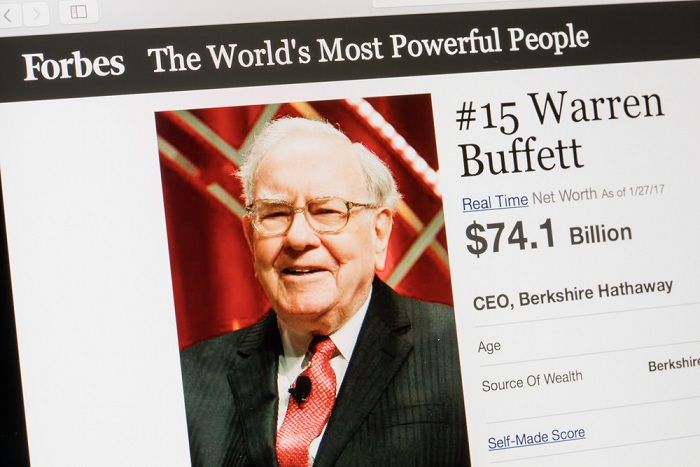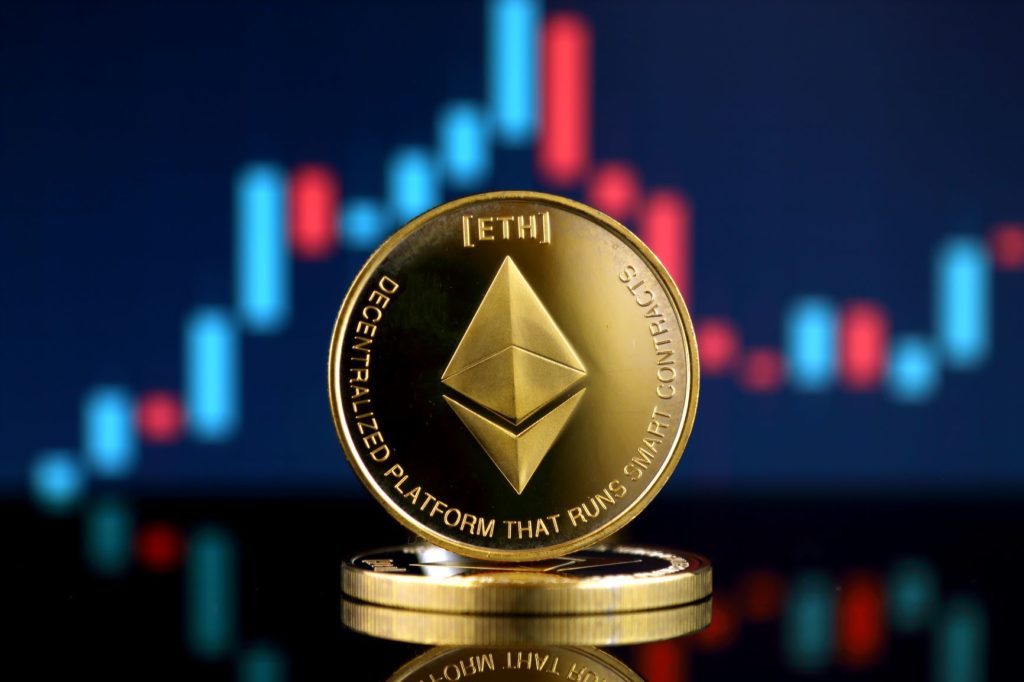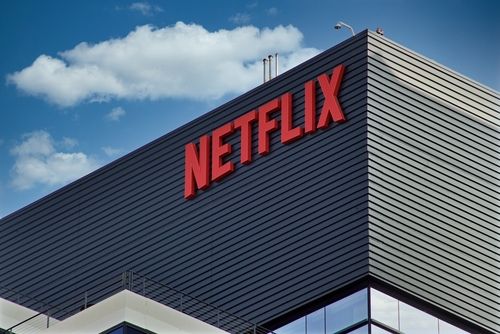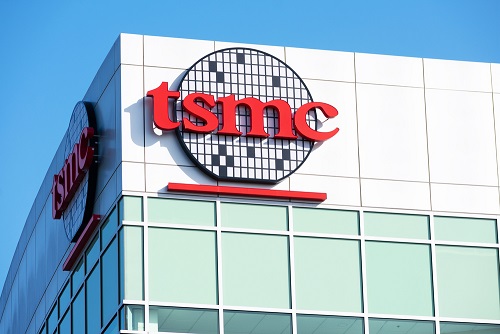Commodities Weekly Updates

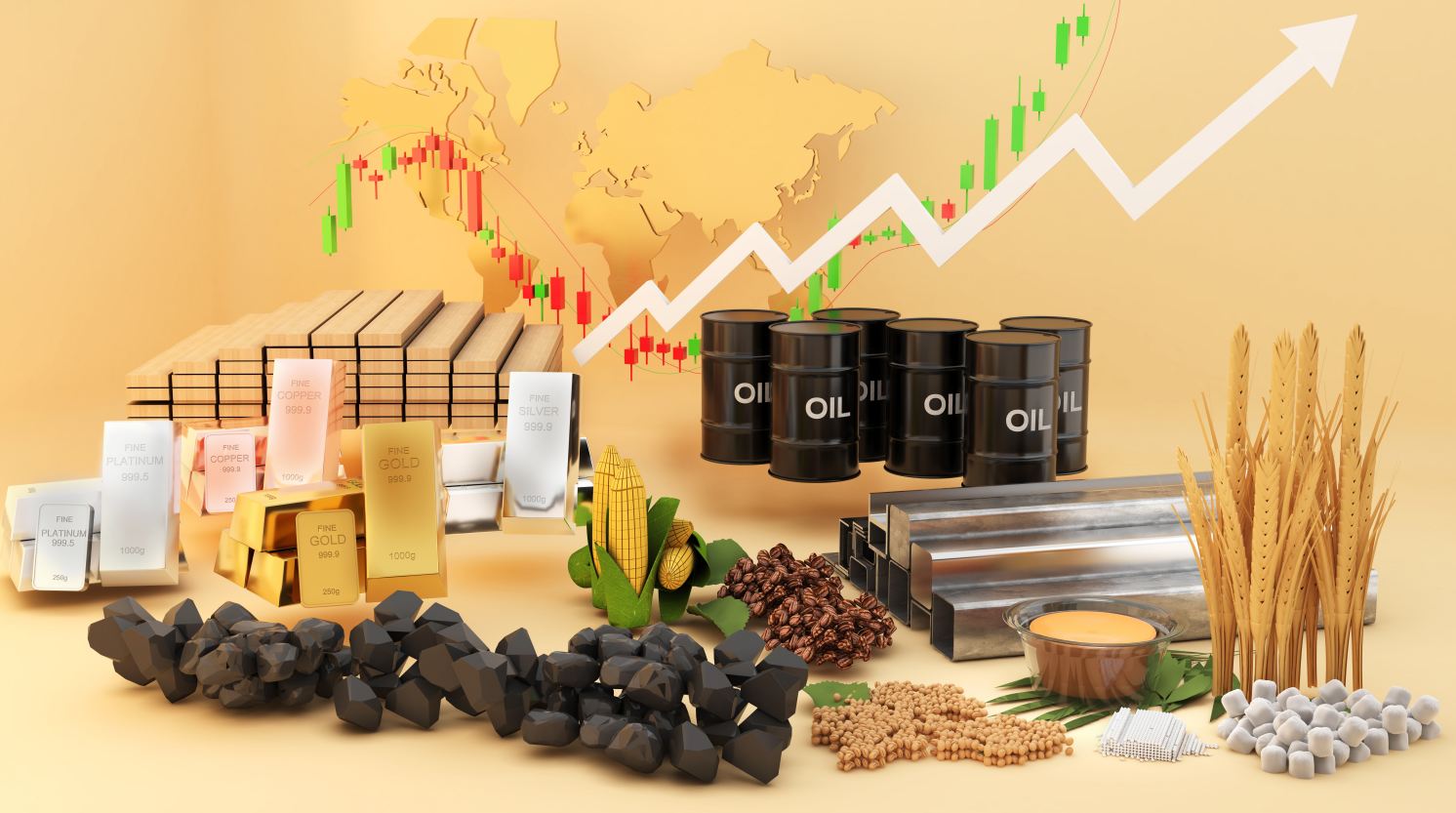
Cryptos: Trump Trade Continues
BTC
Bitcoin is approaching $100,000, which is an important price, breaking through it would hugely boost investors’ confidence. This surge is attributed to Trump's winning because he is supportive towards cryptocurrency. With increased optimism for a potentially more relaxed regulatory environment, as well as expectations for further interest rate cuts by the Federal Reserve, more capital was attracted.
Friendlier Regulatory Environment
Trump's campaign indicates a commitment to creating a more friendly regulatory environment for digital assets.
- Trump has explicitly stated that on his first day in office, he will fire the current Chairman of the Securities and Exchange Commission (SEC), Gary Gensler. Gary Gensler has led the most stringent regulatory crackdown on the digital asset industry, filing dozens of lawsuits against cryptocurrency companies and traders of all sizes. Gensler has confirmed on X that he would step down on 20 January next year.
- Trump also mentioned establishing a strategic Bitcoin reserve for the U.S. government, stating that the government will retain all Bitcoin currently held or acquired in the future as the core of the strategic national Bitcoin reserve. This could increase the demand for Bitcoin and may even encourage other countries to increase their Bitcoin reserves.
- Trump promised in Nashville to establish a Bitcoin and crypto presidential advisory council and said that it would be composed of industry supporters rather than haters to make the rules.
In his election campaign, he plans to make the United States the “bitcoin and cryptocurrency capital of the world,” which has conveyed confidence to cryptocurrency investors.
Cryptocurrency companies have become major contributors to U.S. presidential election donations. Coinbase and Ripple are the largest corporate donors this year, contributing nearly 48% of the total corporate donation according to the advocacy group. The cryptocurrency industry has placed significant bets on Trump. They expect more supportive regulations when Trump enters the office.
In late September, Trump and his three sons announced his latest entrepreneurial venture—World Liberty Financial. This new enterprise is described as a decentralized finance (DeFi) money market platform, introducing a proprietary cryptocurrency named $WLFI.
Bitcoin Supply
Bitcoin is approaching its maximum supply of 21 million. According to Incrementum statistics, by November 2025, 95% of Bitcoin blocks will have been mined, and by September 2034, 99% will be mined.
Capital Flows
MicroStrategy
Large organizations are rushing into Bitcoin market with sufficient money. On November 21th, MicroStrategy Inc., the largest publicly traded Bitcoin holder, has announced a nearly 50% increase in its convertible senior note offering to $2.6 billion, aimed at purchasing more Bitcoin. The company now own $31 billion Bitcoin holdings. The companies market cap is almost three times of the value of Bitcoin owned. The company's strategy forms a spiral: issuing zero-coupon bonds to obtain more funds, using these funds to buy more Bitcoin, driving Bitcoin prices higher, increasing the company's value, boosting trading volume, and pushing up stock prices. As stock prices rise, the company can access more funds and issue more bonds to buy Bitcoin. It can be seen that there is an overlap between MicroStrategy's shareholders and bondholders and Bitcoin ETF investors.
MicroStratey Top Ten Shareholders
MicroStratey Top Ten Bondholders
Source: Reuters
ETF
The launch of the U.S. Bitcoin spot ETF has significantly lowered the barrier to purchase Bitcoin and widened the channels for capital inflow. Money continues to flow into the Bitcoin spot ETF since it launched, becoming an important price driver. Greater amounts of capital flow into ETF during election.
Bitcoin is no longer a strictly decentralized platform in its current sense, and the accumulation of bitcoin by spot BTC ETF may pose a threat to its decentralization. As the size of the Bitcoin ETF grows, the more concentrated the ownership of bitcoin becomes, and the pricing power of Bitcoin will shift to the hands of the ETF, much like gold is affected by the derivatives market. Currently, the ETF owns 5.2% of bitcoin according to River.com, and when it accumulates to 20-30%, overall liquidity will decrease a lot, and Bitcoin will be more easily manipulated by large funds. Bitcoin has lost the opportunity to serve as an independent currency and has become a subsidiary of the US dollar and an alternative stored value asset.
Source: SoSoValue
Source: SoSoValue
Futures
BTC’s total open interest from all exchanges continues to increase. The number doubled the average open interest this year before the election. The derivative markets are much larger than ETF, which is the main driving force for BTC price going up.
Source: CoinGlass
Federal Reserve Policy
The Federal Reserve's policy of cutting interest rates and potentially stopping QT in the near future, with ample liquidity, is beneficial for Bitcoin's price.
Source: Reuters
Source: Reuters
Inflation
Trump's tax cuts may further exacerbate the U.S.'s fiscal deficit and debt burden, inflation is very likely to rise again. As a scarce asset, Bitcoin can be an effective tool for governments and investors to hedge against inflation and risk.
Source: Reuters
FGI Index
The Fear and Greed Index is a key market sentiment indicator. With a score over 80 and growing, it indicates that the market is extremely greedy now, reflecting high confidence among investors and traders.
Source: SoSoValue
ETH
ETH price increased by 40% since Trump won the election on November 5th. However, compared with BTC, ETH is a little bit falling behind.
Source: Reuters
Source: Reuters
Ethereum is a decentralized open source blockchain with smart contracts. Its native currency, ETH, is the second largest cryptocurrency by market capitalization. The Ethereum network is designed for building cryptographic solutions and customizations, such as centralized finance (DeFi), GameFi, non-fungible tokens (NFTs), decentralized autonomous organizations (DAOs), etc.
Regulation
Ethereum faces greater regulatory challenges than Bitcoin, with many projects receiving Wells Notices from regulators regarding their activities in the digital asset space. Due to the unclear regulatory environment, several DeFi projects have significantly slowed down activity, resulting in reduced on-chain activity on Ethereum.
However, after Trump was elected, the possibility of loosening regulations increased. According to Feria, Trump owns more ETH than BTC and has shown his preference for the network by launching his NFT collection and DeFi projects on Ethereum.
If the U.S. government reduces restrictions on cryptocurrencies and blockchain-based projects, there will be more innovation in the blockchain field. Ethereum may see wider adoption by businesses and government entities using Ethereum for smart contracts and decentralized applications. This could drive significant demand for ETH.
Staking
Unlike Bitcoin, investors can stake Ethereum to receive returns. Currently 29% of ETH is staked with the staking yield around 3.5%, so these are out of the market. U.S. ETH Spot ETF issuers and holders will not be able to stake their assets according to SEC regulations. This restriction will cause ETH holders who are proficient in cryptocurrency to be more inclined to directly hold ETH instead of investing in ETFs. Cryptocurrency users tend to stake directly, while institutional investors opt for ETFs. But as regulations will be relaxed, it is only a matter of time before the ETF allows staking. Staking dynamics are crucial because it will directly affect the supply of ETH in the market. Rising ETH prices drive increased staking rewards, incentivizing more holders to lock their ETH into staking, thereby reducing the circulating supply and promoting higher prices.
Source: SoSoValue, Compass Financial Technologies
Federal Reserve Policy
The treasury yield is higher than the ETH staking yield now. The Federal Reserve’s move to lower rates makes ETH more attractive to investors.
Source: Reuters
Source: Reuters
Capital Flows
ETF
The amount of money pouring into the ETH spot ETF on November 11 hit the highest level since the ETF was listed and was several times the average daily capital flow in the past. It indicates a significant increase in liquidity and market participation after the election, but in the last week, ETH ETF has experienced capital outflow, causing the price to pullback.
Source: SoSoValue
Source: SoSoValue
Futures
Ethereum’s total open interest in the derivatives market continues to rise to hit the all-time high.
Source: CoinGlass
Below are some updates on Gold and Oil. The fundamentals remain unchanged and can be found in my last article.
Gold: Buy on the Dip
Gold has fallen back to around 2550 under the pressure of strong dollar and as uncertainty from the election results faded away. Gold is now fluctuating within the price range of 2600 to 2800.
For the past week, the escalation of the Russia-Ukraine situation has driven up safe-haven assets like gold. On the other hand, Powell continues to manage expectations, stating that the Federal Reserve does not need to rush to cut interest rates. The market has reduced its bets on a December rate cut by the Fed, but cutting rates is on the way sooner or later.
In addition to this, the U.S. loose fiscal policy and the resurgence of inflation affected by the expected future tariffs and immigration policies are the core logic supporting gold price increases. US October CPI year-on-year growth rate accelerated to 2.6%, a three-month high. According to Bob Prince, co-chief investment officer at Bridgewater, Trump will tend to nominate someone with a higher tolerance for inflation as the Federal Reserve chair.
Although global central banks slowed their gold purchases in Q3, with the backdrop of potentially accelerating US debt expansion, the demand for gold purchases by global central banks will increase in the future, further supporting gold prices subsequently.
Concerns that the fiscal deficit may not be as large as expected after Trump takes office have little impact on gold prices at this stage. Although the Department of Government Efficiency led by Elon Musk wants to cut government agencies to save money, the reform faces significant resistance and may not proceed smoothly.
Crude Oil: Currently No Big Price Drivers. Focus on OPEC
Geopolitical risk has been mixed. The Russia-Ukraine situation has escalated, with the Biden administration lifting the restriction on Ukraine using US-provided weapons to strike deep into Russia. Ukraine has for the first time used US-made long-range weapons to strike Russia. On the other hand, according to the International Atomic Energy Agency (IAEA), Iran agreed to stop producing uranium required for nuclear weapons. Iran's attitude has softened.
The oil price has not reacted much to these two geopolitical news, still hovering around $70. Since the election, the volatility of oil prices has remained low.
The current focus is on the OPEC+ meeting in December, where it is expected to further delay production increases. Due to the slowdown in China's economic growth, the real estate crisis devastating construction and diesel consumption, and the surge in electric vehicle sales and liquefied natural gas truck registrations, oil demand is weaker than OPEC+ expected. China's electric vehicle sales accounted for nearly 50% of total car sales in October and the number is increasing.
Without further improvement in demand, the best OPEC+ can do is to maintain oil prices at current price level by not restoring production. If production increases, it is possible oil price declines further. For oil prices to rise significantly, OPEC+ would need to further cut production, which may only happen when the oil price drops below their cost of production so that member countries reduce output voluntarily. It is difficult to achieve as some countries have expressed their desire to increase production to increase revenues.



